#production
Ford Reopens Cologne Facility as EV Plant
On Monday, Ford Motor Co. opened the Cologne Electric Vehicle Center in Germany. Founded in 1930, the facility first produced examples of the Model A intended for the European market. Though the site is probably more famous for manufacturing the Ford Capri and every single generation of the humble Fiesta.
The factory has more recently been the recipient of a $2 billion investment to prepare it for the automaker’s push into electrification. With retooling having concluded, Ford says the plant should boast an annual production capacity of 250,000 electric vehicles.
Mustang Gallops Back Into Production
Customers who had thrown down money to reserve a new Ford Mustang have been playing a waiting game in recent months, with the Blue Oval pushing production back in April and again earlier this month. Now, according to several reservation holders with accounts on the 7thMustang.com fan forum, production is ramping up and should be underway by at least the end of July.
Believe It or Not: Lordstown Motors Resumes Production
The Ohio-based Lordstown Motors has reportedly resumed assembly and delivery of its all-electric Endurance pickup this month, after having to pause production in February to address quality concerns.
Ford Vows to Boost Production Through Rest of 2023
Following an extended production pause of the all-electric Lightning pickup, Ford has signaled its intention to boost production through the rest of 2023 – especially when it comes to its most in-demand models. While it’s undoubtedly wise for Blue Oval to ensure it can build enough vehicles to satisfy demand, the automaker is also trying to turn around any perceptions that it might be falling behind with EVs. Meanwhile, Ford is providing itself with an opportunity to preemptively dunk on General Motors after news broke that the rival automaker would walk back full-size pickup production to “ maintain optimal inventory levels.”
GM Pauses Full-Size Truck Production to Keep Market Hungry
With production pauses becoming commonplace during the pandemic, automakers realized they could effectively starve the market while demand reached dizzying highs that allowed the industry to trim overhead and forego factory incentives. Unfortunately, this also meant consumers were given less choice and often had to pay more – whether or not they found what they wanted on dealer lots.
Many automakers have stated that they won’t be going back to robust vehicle inventories and would instead continue attempting to run lean in order to maximize profitability. With exactly that in mind, General Motors has opted to suspend production at its Fort Wayne, Indiana truck assembly facility. The pause will last two weeks (impacting the Chevrolet Silverado and GMC Sierra) and help the company “maintain optimal inventory levels.”
American Idled: Jeep Halts Production of Cherokee at Belvidere
It appears to be the end of the road for Jeep Cherokee as we know it, with Stellantis pulling the plug on Belvidere Assembly with no publicly known plan for replacement product.
GM Pauses Truck Production to ‘Optimize’ Inventory Levels
With a headline like that, one might think today’s date was closer to 2003, not 2023. Nevertheless, it seems The General has decided to idle its Indiana truck plant for a couple of weeks this spring in order to “help the company maintain optimal inventory levels.”
What’s next? Zero percent financing and cash on the hood?
Bentley to End W12 Engine Production Next Year
Bentley has confirmed plans to stop production of the iconic W12 engine at its factory in Crewe, England, next year. Volkswagen Group, which owns Bentley, has been adamant about its transition toward electrified models and the industry trend has been to do the same with high-end luxury vehicles. The assumption here is that novel technologies will bring in high rollers and that battery tech will maximize profitability by reducing labor costs and making it easier for the big brands to comply with governmental regulations.
Chips Ahoy: Late-Year Stumble for Microchip Supply
We’ve spilled plenty of digital ink on these virtual pages about the so-called ‘chip shortage’, a conundrum of the world’s automakers that cropped up in the early days of the pandemic and has stubbornly caused headaches ever since. While the situation may be improving, recent numbers show production levels continue to be impacted – even at this late stage of the 2022 calendar year.
Toyota’s Output Makes Like a Yo-Yo in October
Just about every single automaker on the planet has been plagued by production disruptions and supply chain headaches, leading to lots that were deader than disco on occasion and bereft of product to sell. At Toyota, production numbers are up compared to this time last year – but down from the month prior.
Kinda Sorta: New Car Market Shows Signs of Improvement
Despite ongoing dealer markups, rising interest rates, and evidence suggesting that new vehicles are suffering from a lapse in quality control, the automotive market is allegedly improving – at least in terms of sales volume. U.S. light-vehicle deliveries increased last month from the abysmal levels witnessed in October 2021. But the entire issue basically comes down to the industry managing to produce more cars than it had been.
Tesla Claims the Cybertruck is Coming For End of 2023
Tesla is once again claiming a delivery date for the Cybertruck. We're once again rolling our eyes.
Nissan Pulls Out of Russia
Nissan is ending operations in Russia. The company has announced that it has sold its assets to the Russian government for a single Euro, which actually sounds like one hell of a deal considering Nissan estimates the decision will cost the business roughly 100 billion yen – or $687 million USD.
Report: Nobody Can Build Enough Electric Vehicles
Automakers have been having trouble building much of anything since 2020 began, thanks to a comprehensive breakdown in logistics. But the hype around electric vehicles has made them even trickier to build now that they’re starting to represent a more meaningful portion of the market. Ironically, the industry’s desire to see EVs become more popular seems to be backfiring as nobody seems capable of keeping up with demand.
EV Sales Are Up, But So Are Lithium Prices
With electric vehicle sales on the rise and the Biden administration allocating $900 million to address the insufficient charging infrastructure – one of the biggest obstacles EVs have to contend with – it seems like alternative energy automobiles may indeed become the future of driving. However, there is one problem even a firehose of money and mounting regulatory pressure can’t address.
Despite massive investments from both government and private entities, EVs need batteries, and the raw materials required aren’t getting any easier to obtain. Lithium values continue to rise and have recently reached an all-time high that’s setting the stage for pricier electric vehicles. While this wouldn’t be so bad by itself, EV prices jumped dramatically this year and have continued to do so at a pace that has overshadowed their combustion-reliant counterparts.



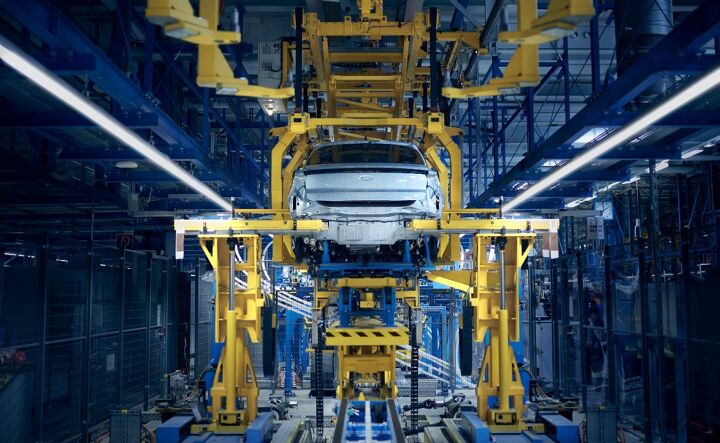
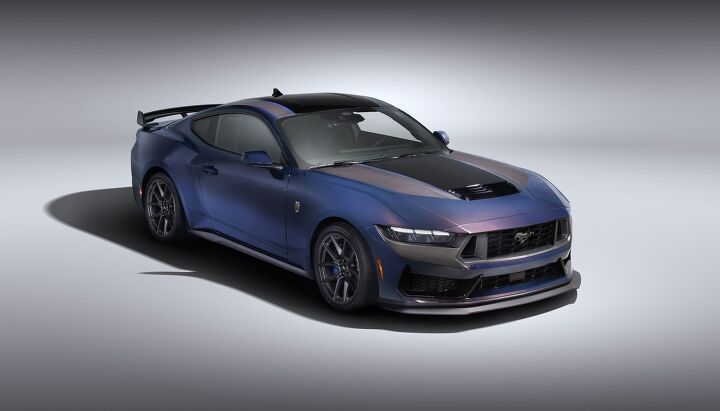

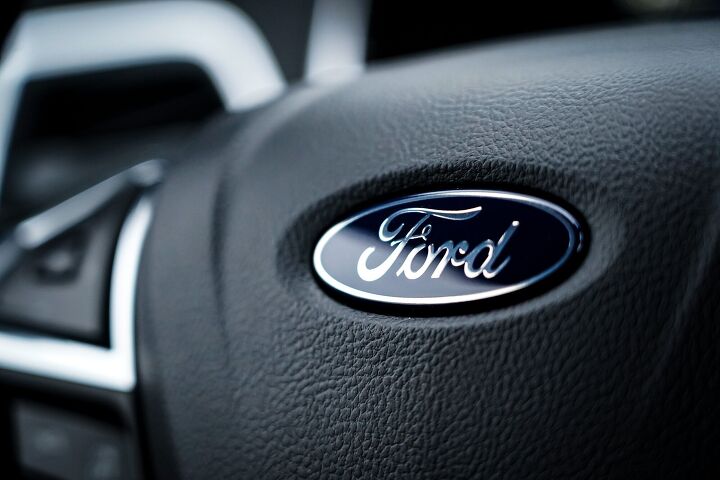


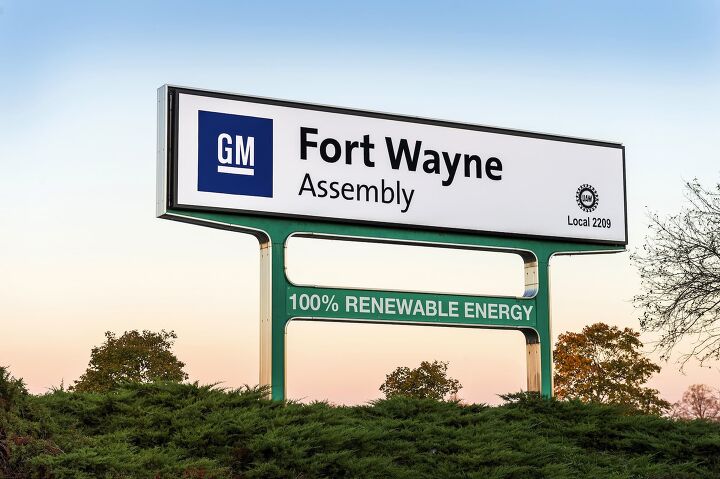

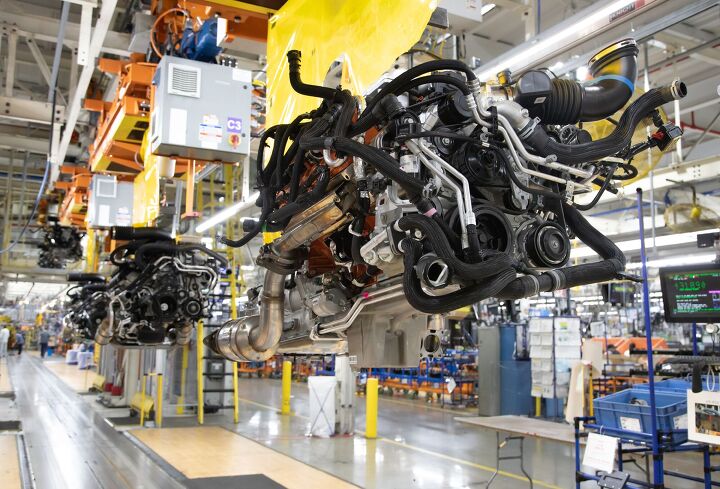


















Recent Comments